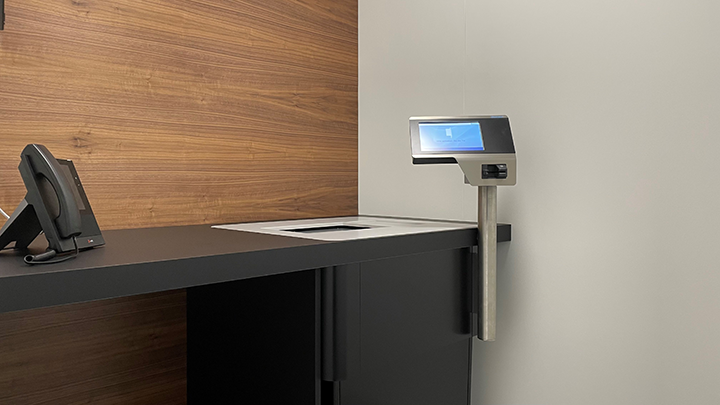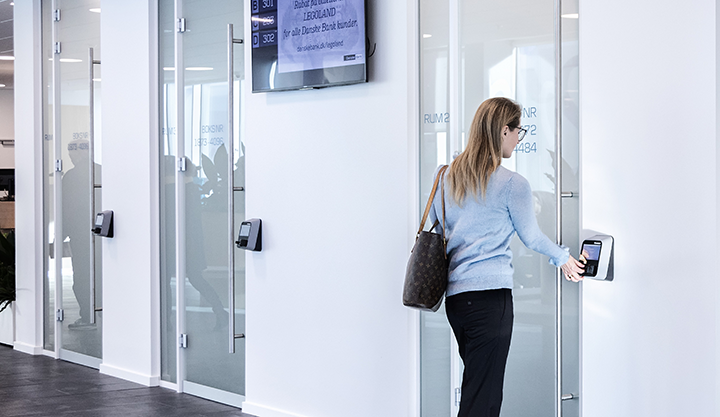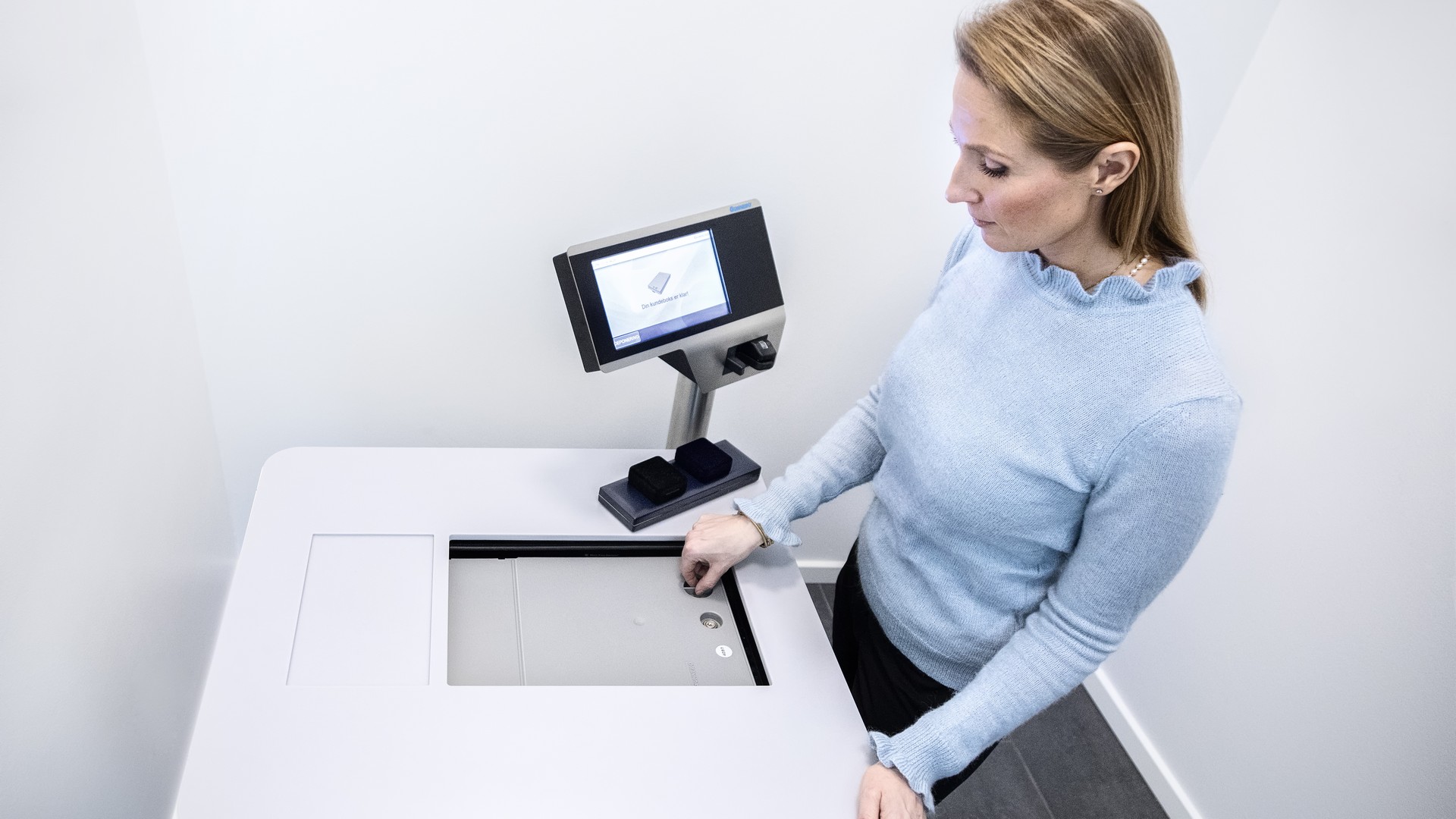What makes a safe deposit centre such a good investment opportunity?
There are so many factors that can affect the success of an investment. A thorough appreciation and understanding of the commercial conditions...
5 min read
 Emmanuel Harir Forouch
:
Mar 7, 2022 1:00:00 PM
Emmanuel Harir Forouch
:
Mar 7, 2022 1:00:00 PM

Is the extinction of the bank branch inevitable? Maybe, but although their numbers have significantly and somewhat rapidly reduced recently, the final death of the branch network is unlikely to be as soon as is being forecast.
Why? If customers still need what a physical presence provides, as opposed to digital, then their existence will be secured. It just remains for banks to commercialise their surviving branches whilst remaining relevant to both existing and new clients.
When researching digital transformation in banking, it is key to explore all options in order to remain relevant to both your existing and future customers.
Just like the debate about the death of cash, there is much in the press about the demise of bank branches, with slightly differing opinions about the length of time before their obsolescence. Irrespective of the timeframe, the fact remains, that today’s banks and the financial institutions of the future must strike the right balance between their digital and physical banking worlds.
Banks face many challenges today. To access a fuller picture of the current banking industry challenges and opportunities, we recommend you download our new, free guide.
Ask yourself, when was the last time you went into a branch and why? Digital banking has revolutionised the financial sector and most activities are handled remotely or managed by telephone, pc or app.
A report in June 2021 by the Economist Intelligence Unit for financial software company Temenos found 65% of global banking executives believe banks will no longer operate from a branch network by 2026.1
On the other hand, is the demand for in-person banking still there? We believe so and according to a survey in March 2021 by goMoxie, a customer engagement software company2, 62% of consumers prefer to use banks and credit unions with physical locations rather than those with only a digital presence.
Let’s look at this a different way and ask, are there still bank specific transactions that require a physical branch location today?
There are still some physical services that simply either cannot be offered online or that people not only wish to, but need to discuss and manage together with a financial professional.
High value, transactions (e.g. setting up a mortgage or applying for a loan), paying in or withdrawing large amounts of cash, requiring discreet financial advice and consultation (often involving big investment amounts) and securely storing valuables in a safe deposit locker are just a few of the services clients expect to be able to access in a physical branch.
However, expectation levels are high when it comes to customer service with the standard being set by the likes of Amazon, Apple and First Direct. Recent research from Samsung highlights that 77% of clients will deliberately engage in direct communication when dealing with major or complex transactions (as above), but if an in branch customer experience is poor, they are more likely to abscond to a rival bank.
When visiting a branch, clients want the ultimate user experience, personal attention and not to be waiting around.
![Two women at desk[1920x1080]-20200527113620](https://blog.gunnebosafestorage.com/hs-fs/hubfs/Blog/Two%20women%20at%20desk%5B1920x1080%5D-20200527113620.jpg?width=1920&name=Two%20women%20at%20desk%5B1920x1080%5D-20200527113620.jpg)
If customers come to a branch or bank facility, they want to quickly conduct their business in the same way they would if they were executing it on their phone or online.
Unfortunately, banking is traditionally viewed as a legacy industry, slow to respond to societal changes. If banks have not already digitised their branches pre Covid, then the major focus during the lockdown catalyst would be to transform and optimise online not physical channels. The aftermath, described in a recent McKinsey article, advises that a lot of the physical branches are “old, under-occupied and poorly maintained.”
Consumer demands are changing, and the banking industry should adapt to alternative banking methods to supply the branch services they still need and want. In-person banking is digital in today's world. It must be re-designed to become profitable and integrate digital experiences into traditional bank branches, namely a hybrid branch.
Why are automated safe deposit lockers a potential solution to the challenges banks face today?
In a hybrid banking model, banks combine the brick and mortar physical banking experience with virtual banking. In the future, the physical bank branch will take on the identity of a service hub where people can access both financial and non-financial services.
Picture a physical branch with a self-service station that displays the most innovative smart devices, available for use to access the bank’s services and knowledge. If a customer needs additional assistance, they can use one of these terminals to make an appointment with a financial advisor. During the appointment, the branch advisor will answer the client’s questions and then set them up with a mobile AI assistant to provide additional recommendations. Sound futuristic? The branch of tomorrow already exists, and it is helping banks and credit unions meet and exceed rising customer expectations.
![AdobeStock_295663133[1920x1080]-20210528171347](https://blog.gunnebosafestorage.com/hs-fs/hubfs/Blog/AdobeStock_295663133%5B1920x1080%5D-20210528171347.jpg?width=1920&name=AdobeStock_295663133%5B1920x1080%5D-20210528171347.jpg)
You cannot rely on technology to secure customer allegiance without human interaction, so it is imperative that staff are also available. In an IR article about Omni Channel Banking3, the author describes one of the key advantages that a hybrid branch is inherently designed to give: ‘With a faster, more tailored experience, customer satisfaction grows, meaning improved customer loyalty. Customers who get exactly the help they want, are far more likely to stay on board.’
Thus, staff are essential for the more complex transactions, for advice and to engender loyalty, but, due to the self-service transformation and digitalisation of most tasks, there may well be less, more multi skilled personnel. Cited in a Forbes article4, Chris Manderfield, executive vice president and head of product management at KeyBank says that it will necessitate ‘an evolution of roles and responsibilities of bankers in branches.” This may include fewer tellers, more bankers, functionality changes and adjustments to what can be done in the branch.
Do the wants and needs of customers substantiate the maintenance of a branch network and can they in fact be made profitable? Modification or conversion of existing branches into automated service centres is definitely a viable option to not only retain existing customers, but also gain new ones and turn bank branches into "profit generators".
Clearly, banks must innovate to justify the existence of physical branches. The easiest innovation is the reinvention of an existing, successful, sought-after service. Adding a commercial service such as the rental of automated lockers or upgrading conventional systems to robotised technology (even if in a small number of centralised branches) can provide a steady and highly lucrative stand-alone source of revenue for banks. The space-saving technology that enables the automation can also maximise locker capacity.
The most up to date, state of the art technology is deployed in today’s safe deposit locker facilities and the whole process is fully automated, making them highly relevant in our digital age. Next-generation robotised technology retrieves the locker compartment and moves it into the dispensing unit and the latest authentication features secure admission into any dispensing lobby as well as access to the unit and cassette itself.
The access control system features an interactive touchscreen user interface, a smart card reader with integrated Secure Access Module (SAM) for reading crypto-memory cards, a biometric verification and scrambling keypad, standard functionality that prevents onlookers from detecting the pin code when it’s entered on the keypad by changing the position of the digits each time the keypad is used. Today, web-based administration platforms, that represent a single portal that is connected to your entire network of safe deposit locker systems, is already an available solution that is able to manage all deposit locker systems that are digitally connected.
As a bank, introducing a service that can provide out of hours access to secured valuables, is a way to effectively innovate for todays’ life expectations and break new ground. Bank customers have been able to access their cash, whenever, however, how often they want for decades. Modernising and scaling up the banking user experience, essentially reinventing this type of banking, affords those same bank customers the same service for their valuables and the installation of such a system will assist with a more general digital branch transformation programme.
In our full guide, we explain how this solution can help digitally commercialise branches, look at a profitability calculation and detail how to implement it as a great stand-alone profit generator.
Will the creation of modern, fresh, smartly staffed and well-maintained branches revitalise the branch business? In isolation, perhaps not, but together with some innovative reinvention ideas, the bank branch can still prove to be a formidable, cost effective and profitable physical presence.
References:

There are so many factors that can affect the success of an investment. A thorough appreciation and understanding of the commercial conditions...

Mechanical safe deposit lockers can provide suitable protection for valuables, but they often lack the flexibility and convenience that bank...

Increasing demand for digitalisation and services available at all times is gradually transforming the relationship between banks and their...